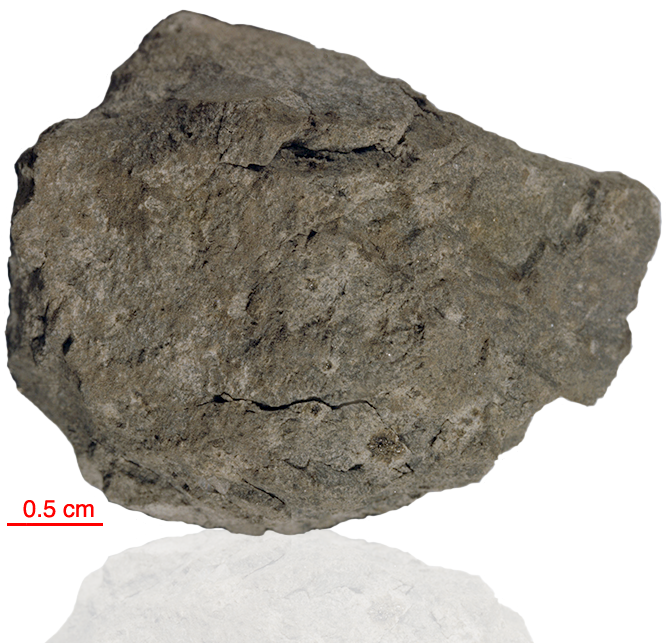
Fact sheet
65777 is a coherent crystalline impact melt breccia that was collected as a rake sample. It has a poikilitic texture consisting of interlocking pigeonite oikocrysts, rounded grains of augite and olivine, and laths and relict clasts of plagioclase feldspar (rotation 1). 11 % of the sample is made of small areas of sub-ophitic basalt (rotation 2).
The sample weighed 16.5 grams before analysis and has been dated at 3.70±0.02 billion years (Ar/Ar).
Further details of this and other Apollo samples are here: http://curator.jsc.nasa.gov/lunar/
The Apollo 16 landing site was in the hilly region around Descartes crater in the lunar highlands. The landing spot was chosen to allow the astronauts to gather geologically older lunar material (Descartes Formation and the Cayley Formation) than the samples obtained in the first four landings, which were in or near lunar maria.
The mission lasted 11.1 days, with a stay on the lunar surface of 71 hours. The crew were on the lunar surface for 20.2 hours during which they traversed approximately 27 kilometers and collected approximately 96 kilograms of samples.
Apollo 16 was launched on 16 April 1972.






